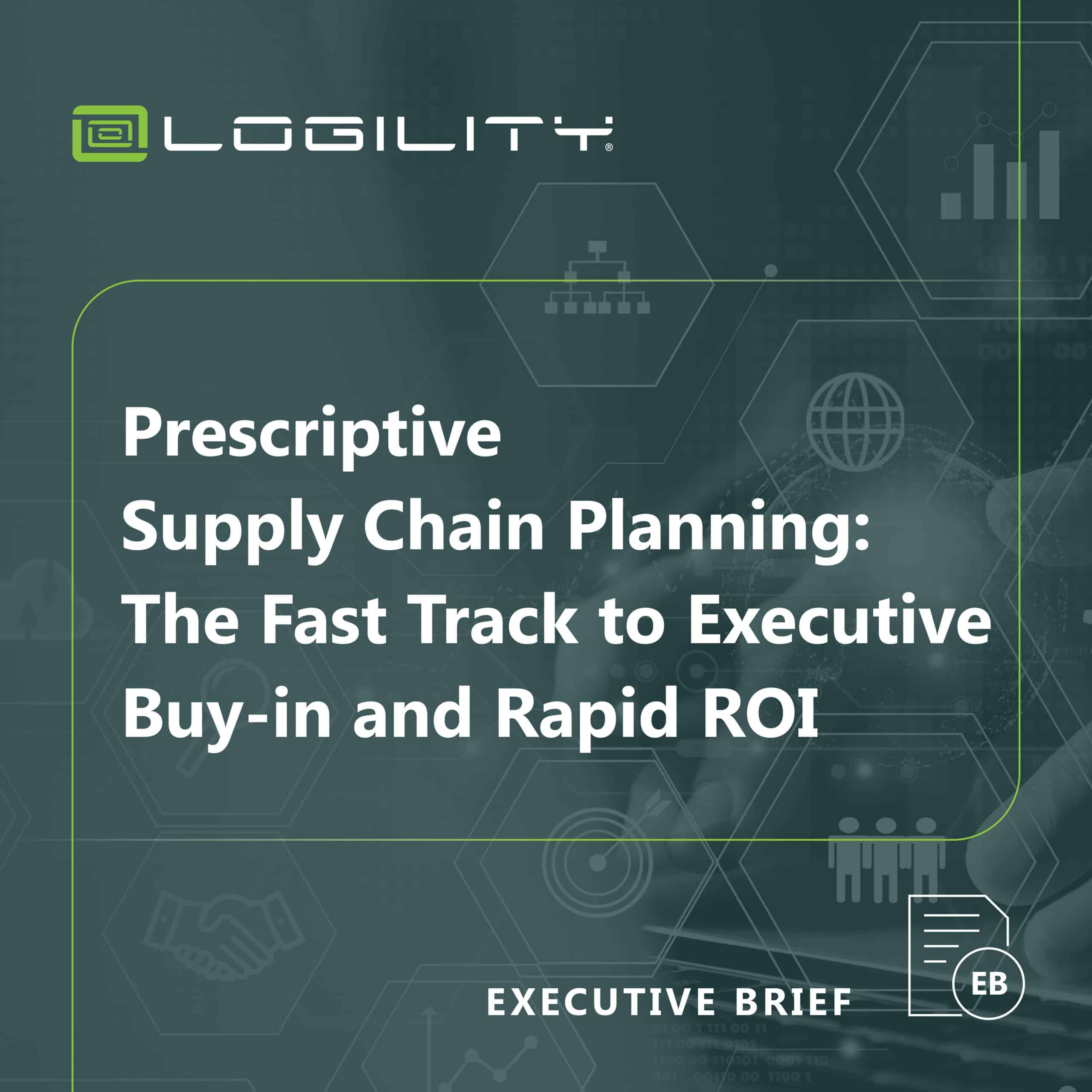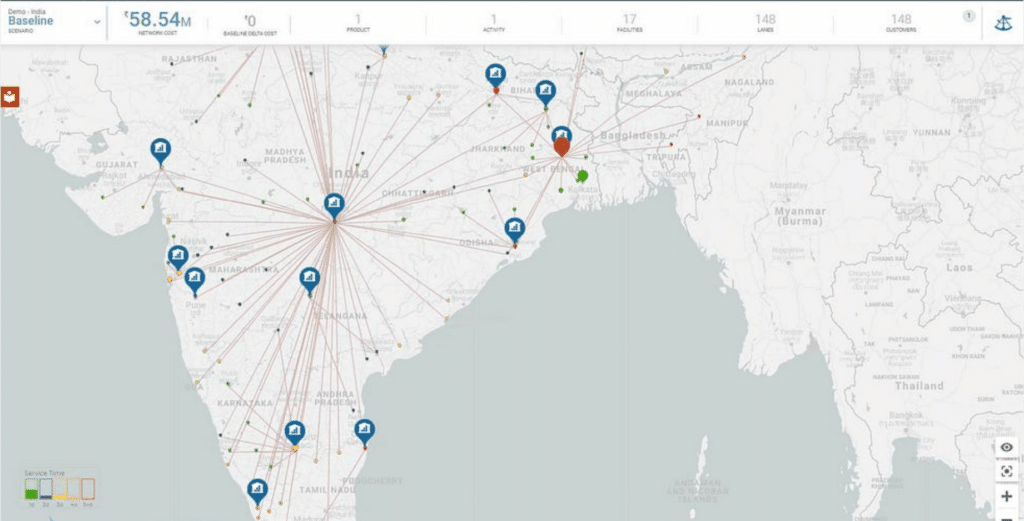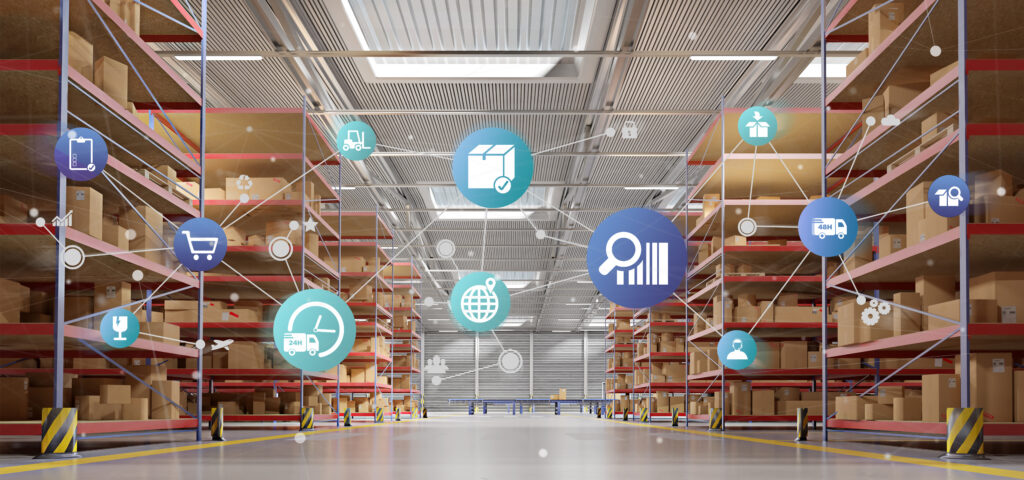(but we will!) Selecting a new enterprise technology or supply chain planning software provider can be wrought with challenge and risk. Specifically: people have lost their jobs over poor technology selections and failed implementation projects.
This is especially true in supply chain planning & management platforms. Selection cycles can span months and implementations can take much longer.
A successful relationship with your vendor can last many years so companies may embark on supply chain planning implementations once every 10-15 years – or longer. As we’ve seen, it’s not uncommon for project owners to run a project like this just once in their entire career.
So, if you’re a supply chain leader or project owner, how can you ensure the success of your next major supply chain planning software implementation project?
After decades of supporting clients through successful selection and implementation projects, we are providing a shortlist of critical success factors to guide the selection of your next supply chain planning technology partner, to help you de-risk the decision, and ensure value creation.
There are things that nobody will tell you about these projects but will impact your ability to succeed. We’re here to spill the proverbial beans – the critical success factors, or essential components, of supply chain planning vendor selection success.
For more details on this guidance, check out a recent podcast with Bob Bowman of Supply Chain Brain and Logility’s own value creation expert Scott Abbate, EVP Business & Solution Consulting.
Getting Started: Make Value Your North Star
When it comes to selecting supply chain planning & operations solutions partners, the focus on delivering value should start even before the first vendor meeting.
And, while every supply chain planning vendor worth their mettle will focus on value creation and delivery (some of us actually mean it, and know how to deliver it), you don’t always have to wait for that first vendor conversation for this to happen.
Whether your definition of value includes on-time, in-full (OTIF), inventory reduction or optimization, transportation spend, speed of decision making, supply chain costs, net working capital, or a myriad of other value measures, you know your business better than anyone. You know your challenges, your pain points, your customer demands and demands on your margins. Document and agree to what your next supply chain planning technology must deliver for you.
At Logility, we have worked with clients across the spectrum, some coming to us with a value case drafted, others co-developing it with us based on our methodology. Both can work well. The important thing is: the business and value case must be an accurate reflection of outcomes your project will drive for the business, signed off with your executive committee.
That brings us to the crucial need to…
Stand up your executive steering committee from the get-go
Nobody likes surprises. And with projects as complex as end-to-end supply chain planning selection and implementations can be, it’s best to avoid them from day 1.
An executive steering committee will help you lock down what supply chain planning value looks like in your business. This committee is mission critical to the project’s success and serves as the conscience of the project in many ways, aligning value to the vison for the business.
At this point so early in a selection, the committee must begin to crystallize their desired outcomes, obstacles in the current state, measures of success, and readiness for organization change management. It sets the tone for guidance, engagement, and accountability – and reduces the risk of untimely surprises.
Your committee should consist of executive-level business stakeholders from areas impacted across the business and varies from project to project. Apart from the supply chain, operations, procurement and IT teams, also consider sales operations, finance and more.
Commit your brightest resource(s) to lead the project
This one is simple: dedicate your best and your brightest to run a project of this magnitude. They will be responsible for the day-to-day operations of the project, documentation of goals, milestones, and communications.
Here, it’s important to distinguish that, while the steering committee sets the direction, they stay out of the way of the day-to-day momentum. They’re not coming to all the meetings and they’re not involved in all the micro-decisions that get made. Too many decision makers will slow down a project, so the project lead must be savvy about when to include the steering committee vs. others.
Often, this person reports to a member of the executive team or C-Suite, but they have more operational day-to-day responsibility in the business.
To be coin-operated by value, be clear on your KPIs
Ensure the project is delivering value as agreed right at the inception of the project. KPIs help you benchmark whether you’re achieving the outcomes that equal value success.
KPIs also help you understand your starting point, so you can see where progress is happening down the road. They’re also how you will hold one another accountable.
To address this point, Logility’s prescriptive engagement process is designed with a highly interactive outcomes workshop, where project teams work with Logility experts to whiteboard or outline all of the outcomes they need from the project. Don’t be surprised if your whiteboarding session concludes with a hundred or more metrics and KPIs. Be sure to include people with perspective and a point of view to help you whittle down the priorities and themes.
From an outcomes workshop, supply chain technology buyers will have a catalog of important outcomes they must set their sights on as they drive the project forward. Our process demonstrates how this is the flipside of those outcomes is a value stream.
Part-and-parcel to setting confident, vetted KPIs, is the availability of, and access to, high quality data in your systems. KPIs are great, but the data that they’re used to measure must be reliable and accessible.
The Fast Track to Executive Buy-in and Rapid ROI
What’s the safest way to get started in modernizing your Supply Chain technology? Download now to learn about the 5 steps prescriptive engagement process.
Free Executive BriefCommon mistakes to avoid
It’s easy to get overwhelmed. Go into it knowing these projects take time and perseverance to undertake a selection process of this nature.
We also want to emphasize the importance of the value and business case. It’s challenging to write a business case for a large, complex expenditure. There is an art to it. Supply chain projects must compete with IT projects for other areas of the business. Tap into people with experience and successful track records of writing clear business cases. You also need to make it clear for your C-Suite why they should invest limited resources in ‘intangible’ software and not robots to automate their manufacturing processes, or factory expansions.
If the business case isn’t well defined, socialized, and approved before a vendor is fully engaged, it will cause undue cycles or risk inaction.
It’s also important to acknowledge that who you partner with matters. At Logility, we have been under singular ownership for nearly 50 years. We have developed a detailed prescriptive engagement process that enables us to think from the outside in, applying our knowledge to each client’s unique situation. We approach each project with this expertise, but also with empathy.
It’s our mission to enable each client to achieve their value goals and maintain value over the lifetime of our relationship. Selected your best-fit vendor? How can you ensure a successful implementation of supply chain planning software? What are those essential elements and common mistakes to avoid? Selected your best-fit vendor? How can you ensure a successful implementation of supply chain planning software? What are those essential elements and common mistakes to avoid?
We can walk you through it with our prescriptive engagement process. Download for our free Executive Brief: Prescriptive Supply Chain Planning” to Fast Track Executive Buy-in and Achieve Rapid ROI for more information.



